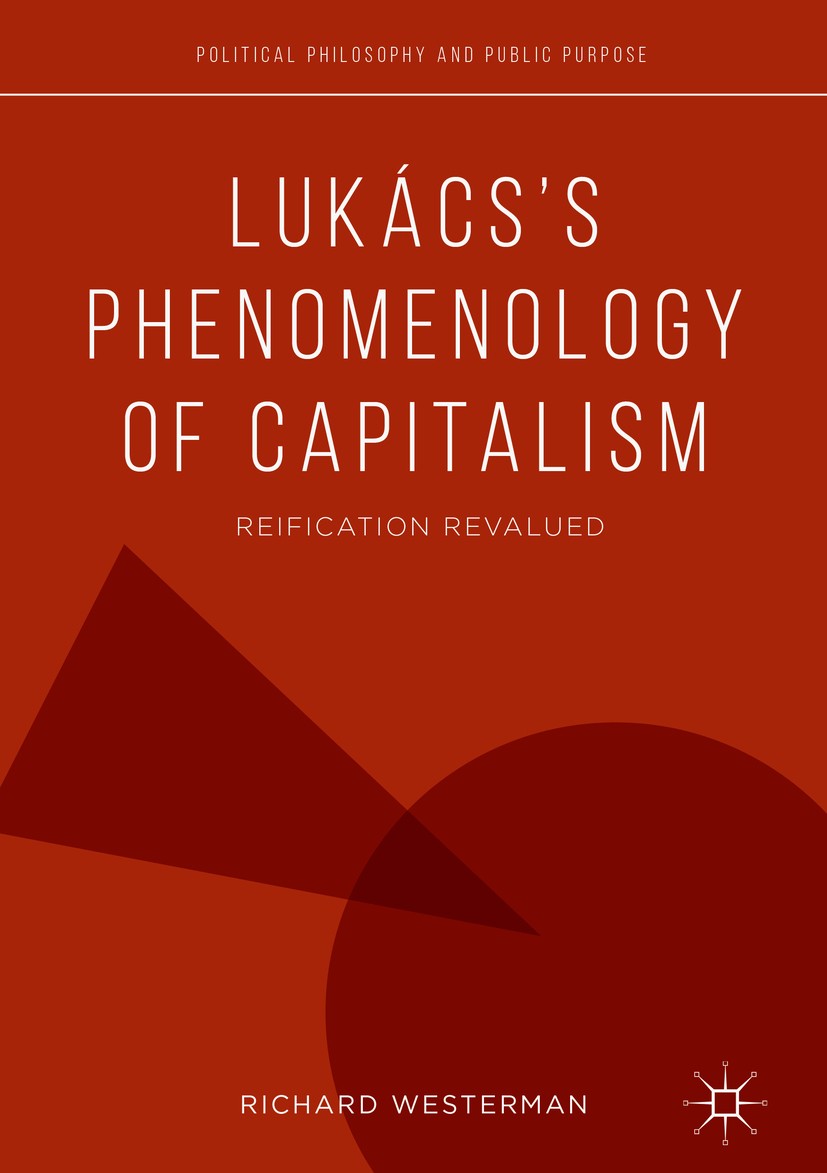| 书目名称 | Lukács’s Phenomenology of Capitalism |
| 副标题 | Reification Revalued |
| 编辑 | Richard Westerman |
| 视频video | http://file.papertrans.cn/590/589016/589016.mp4 |
| 概述 | Offers one of the first full-scale accounts of Lukács’s Heidelberg Aesthetics in English..Reveals the links between Lukács’s account of society and his philosophy of art..Applies Lukács’s thought beyo |
| 丛书名称 | Political Philosophy and Public Purpose |
| 图书封面 |  |
| 描述 | This book offers a radical new interpretation of Georg Lukács’s .History and Class Consciousness., showing for the first time how the philosophical framework for his analysis of society was laid in the drafts of a philosophy of art that he planned but never completed before he converted to Marxism. Reading Lukács’s work through the so-called “Heidelberg Aesthetics” reveals for the first time a range of unsuspected influences on his thought, such as Edmund Husserl, Emil Lask, and Alois Riegl; it also offers a theory of subjectivity within social relations that avoids many of the problems of earlier readings of his text. At a time when Lukács’s reputation is once more on the rise, this bold new reading helps revitalize his thought in ways that help it speak to contemporary concerns.. |
| 出版日期 | Book 2019 |
| 关键词 | Critical Theory; Western Marxism; Phenomenology; Social Theory; Radical Philosophy; History and Class Con |
| 版次 | 1 |
| doi | https://doi.org/10.1007/978-3-319-93287-3 |
| isbn_softcover | 978-3-030-06631-4 |
| isbn_ebook | 978-3-319-93287-3Series ISSN 2524-714X Series E-ISSN 2524-7158 |
| issn_series | 2524-714X |
| copyright | The Editor(s) (if applicable) and The Author(s), under exclusive license to Springer Nature Switzerl |
 |Archiver|手机版|小黑屋|
派博传思国际
( 京公网安备110108008328)
GMT+8, 2025-11-11 10:54
|Archiver|手机版|小黑屋|
派博传思国际
( 京公网安备110108008328)
GMT+8, 2025-11-11 10:54


